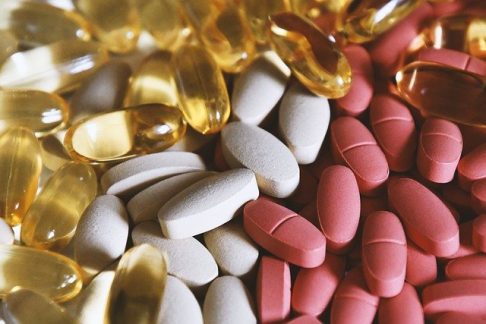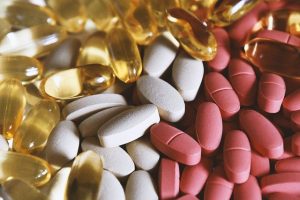The effect of placebo on the brain


You are probably familiar with the term “placebo effect”. The substance indifferent to the body causes improvement through psychological mechanisms. The patient believes that an improvement will take place and therefore it actually does. However, this is not pure psychology. Placebo causes changes in the brain similar to those caused by administration of the drug.
The placebo effect is mainly a result of the expectation of improvement, but the conditioning mechanism also plays a role to some extent. Several factors influence this effect. Depending on the disease, it is observed in about 1/3 of patients, however, personal susceptibility to placebo is also important. People with certain personality traits, such as those who are more optimistic, are more susceptible to a placebo. It has also been shown that the strength of the placebo effect depends on the number and size of tablets. The larger the tablets and the larger the amounts, the stronger the placebo response they provoke. We will have an even stronger effect if we give an injection instead of giving pills.
What happens in the brain when we respond to a placebo? These mechanisms have been best studied in the analgesic effect of placebo and in the antidepressant.
Placebo as a painkiller
Placebo increases the pain threshold and extends the ability to withstand pain. It brings relief from postoperative pain to the same extent as 6–8 mg of morphine.
Already in the 1970s, it was noticed that naloxone, which suppresses the effect of opioid analgesics (eg morphine), also eliminates the analgesic effect of placebo. This happens both when the patient is aware of the administration of naloxone and when he is not informed about it. This discovery prompted scientists to investigate the neurobiology of the placebo effect, as it indicated that placebo not only influences subjective pain perception, but acts on opioid receptors and objectively reduces pain intensity.
Moreover, placebo can cause side effects such as suppression of the respiratory centers and changes in the heart rate, which also indicate the activation of endogenous opiates. After administration of naloxone, the proper functioning of the respiratory and circulatory systems is restored.
The anterior cingulate cortex, insular cortex, thalamus and dorsolateral prefrontal cortex are likely to be involved in the activation of the opioid system. Activation of the opioid system is not the only mechanism by which placebo can relieve pain. Some studies indicate that the analgesic effect of a placebo may be based on reducing anxiety. Moreover, the reward system, activated by the expectation of improvement after drug administration, may also play a role.
Placebo as an antidepressant
Placebo has a strong antidepressant effect. Its effectiveness is estimated at 30-50%, while the effectiveness of drugs is approx. 45-70%. The difference between the active substance and the placebo is within 18-25% (there are data showing that even less, as I wrote in the article “Are antidepressants just placebo?”).
Studies have shown that a placebo can reduce the symptoms of depression, but it does not prevent it from coming back. This indicates that the improvement expectation mechanism and conditioning are too weak to induce long-term change. Moreover, studies show that recurrence of depression is often not really due to a decreased effect of the drug, but rather a deterioration of the mood of patients who previously responded to the placebo effect and not to the active substance contained in the drug.
What happens in the brain when treating depression? Regardless of the form of treatment used (pharmacotherapy, psychotherapy, electroconvulsive therapy, sleep deprivation or phototherapy), there are changes in the frontal and parietal lobes, in the cingulate gyrus, amygdala, insular cortex, caudate nucleus, globus pallidus, thalamus, and brain stem.
However, some changes are specific to a particular treatment method. Psychotherapy reduces the activity of the prefrontal cortex. Pharmacotherapy, on the contrary – positive effects of drugs are associated with increased activity in the prefrontal cortex. Placebo causes similar changes in the brain to drugs, although these changes are more pronounced with pharmacotherapy.
Research also shows that activation of specific areas of the brain can indicate whether a patient responds positively to treatment or not. Already in the first week of therapy with an active substance or a placebo, some people experience changes in the striatum and orbitofrontal area. These people later show improvement in depression symptoms. In patients who are not susceptible to treatment, no such changes in the brain are observed, what is more, these changes tend to decrease with the duration of treatment and disappear as improvement begins. This indicates that such changes may be related to the expectation of improvement.
References
Grabowski J., Bidzan L. (2010). Wykładniki neurobiologiczne efektu placebo. Psychiatria Polska, 44(2), 221-234. (pdf at psychiatriapolska.pl)
Author: Maja Kochanowska






Add comment